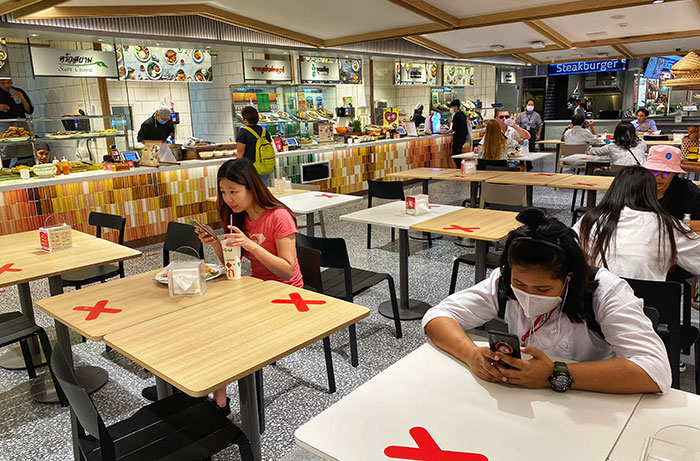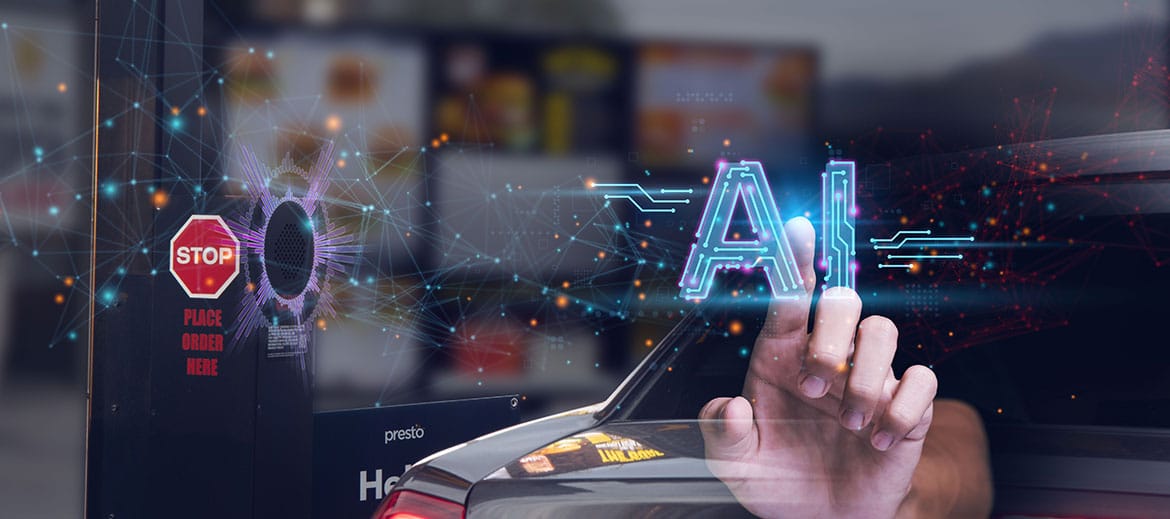The social aspect of dining out is a commonality among many countries. It brings families and friends together, and restaurant dining rooms are very much a community space. But how will the COVID-19 pandemic affect how people feel about dining out again? Many dining rooms have reopened across the world, but with permanent changes in how people can interact in them. What social distancing measures can we expect to see in US dining rooms to help us prepare for the change?
What Restaurants Around the World Are Doing
Hot pot chain Haidilao reopened more than 600 of their Chinese stores by April with upgraded hygiene measures. The restaurants now have fewer seats, with tables placed at least one yard apart. A maximum of three guests are allowed to sit at one table, and each guest must use hand sanitizer and have their temperature checked before entering the restaurant. As a result, guest volume is significantly lower as less guests are allowed to be inside the restaurant at once.Hong Kong dining rooms have recently been limited to a similar effect. Since March 28, they have been limited to 50% of normal capacity, and they must check guests’ temperatures at the door. The Italian government is contemplating spacing tables out at least 2 yards from each other for when restaurants reopen.
Social Distancing Measures in Other Sectors
- Walmart has placed signs around their stores asking people to stay at least 6 feet apart from each other, and is limiting capacity to 20%.
- Costco has also asked shoppers to stay at least 6 feet from each other, and is limiting each member to one guest only.
- Kroger is leveraging computer vision technology to maintain the new capacity limit of 1 person per 120 square feet.
- Lowe’s has updated their store floor layouts to further support social distancing guidelines, such as opening up aisle space by removing displays.
What Restaurants in the US Can Expect
Social distancing measures in US restaurants will be driven by two factors: government constraints and consumer doubts. Restaurants will likely need to contend with new government constraints that we already see in restaurants in East Asia, as well as at grocery stores around the U.S. For example, there could be mandatory social distancing between guests in restaurants, as well as capacity constraints. The California governor discussed the chance of restaurants reopening with half of their tables, suggesting capacity restraints. Staff might be required to wear masks and gloves, and be regularly monitored for fever, similar to Walmart’s new health and safety guidelines.In addition, each restaurant will need to adapt accordingly based on their operations and guest needs. According to NPD’s recent survey, 78% of Italian consumers support social distancing in reopened restaurants. US restaurants will need to be proactive with their measures to regain the trust of their guests. Here are some of the actions that your brand can take:
- Space tables at least 2 yards apart from each other
- Remove extra tables to allow people more room to walk around and safely social distance from others
- Post signs encouraging guests and staff to keep at least 6 feet away from each other at all times
- Ask servers, bussers, and hosts to wear masks and gloves
- Install self-seating kiosks or to-go kiosks in your lobby
- Deploy pay-at-table technology to encourage contactless payments
- Utilize computer vision technology to lessen crowding and monitor occupancy
People will look forward to eating out again after a long period of sheltering in place, but they will be more wary of human interaction. It’s important for your brand to meet guest needs while doing your part to minimize COVID-19 infections in a second wave as public spaces reopen again. To help restaurants during this difficult time, we’re offering our Contactless Dining Kit for free. The free kit enables guests to be waitlisted, view the complete menu, place orders, and pay at the table—without the need for any human contact. Learn more at presto.com/contactless.



